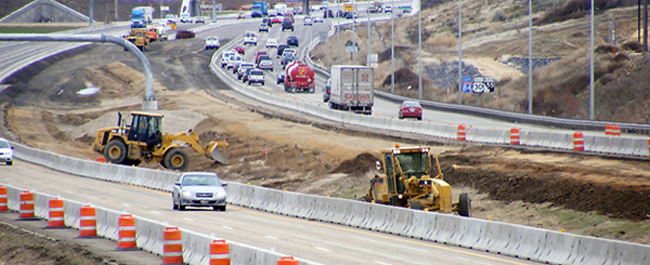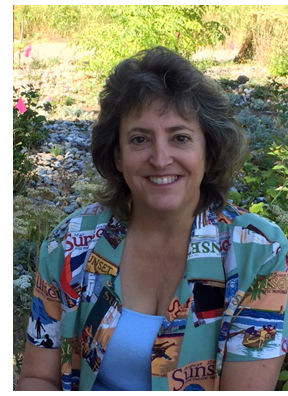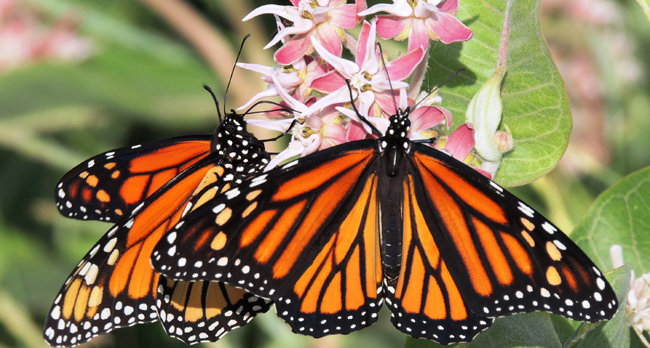

Seeding, vegetation portion of construction projects streamlined
Every year, the last step for hundreds of ITD construction projects is re-vegetation. The problem is that too often that part of a project is ignored or marginalized, leading to unsuccessful plantings or seedings.
So, Cathy Ford (pictured right), John Ingram and John Bilderback recently took steps to change that.
Ford worked with Ingram and Bilderback in the Division of Engineering Services (DES) Materials & Construction Section to write a seeding and re-vegetation special guarantee incorporated in the new 2017 Standard Specifications Manual.
The re-vegetation (seeding and planting) policy:
- Establishes a statewide re-vegetation performance specification for contracts.
- Promotes and rewards successful vegetation establishment.
- Emphasizes or enhances re-vegetation activities to provide better seeding and planting quality.
- Increases performance and establishment of desirable vegetation, and promote successful completion.
- Collects/documents plant data and establishment to assess and measure successful re-vegetation.
- Fulfills contract requirements and gets the NOI filed (and closes out the project) in a timely manner.
- Diversifies plant cover and rooting depth to reduce erosion.
- Promotes a healthier pollinator habitat.
- Promotes an aesthetically pleasing environment.
- Reduces maintenance costs for mowing, fertilizer and herbicide applications.
- Increases positive public perception.
- Improves condition of natural resources.
"When re-vegetation efforts are inadequate, it gives the perception that we lack the commitment to adequately re-vegetate our projects," Ford explained. "Successful re-vegetation, on the other hand, improves erosion control, reduces sediment loss, provides better perennial vegetation cover, reduces maintenance costs, and promotes a healthier, aesthetically pleasing environment." 
Another potential benefit — a significant one — is for Pollinators (e.g. bees and butterflies). Pollinators have been in decline in recent years, and would greatly benefit from a diverse wildflower and shrub cover. Plant pollination by insects is one of the most well-known and important ecosystem services and is essential in both natural and agricultural landscapes. Bees are considered the most important group of pollinators for agricultural crops, as well as for wild plants in temperate climates. Honey bees are important for more than $15 billion in crop production annually.
Roadsides are a valuable habitat for plants and can be a refuge for pollinators, especially in landscapes substantially altered by urbanization or agriculture. Habitats like roadsides can provide pollinators with places to forage for food and to nest.
In addition, the new seeding and re-vegetation policy will streamline the project close-out process and reduce risk by providing a defined time period and acceptance criteria for seeding and planting establishment.

Published 11-10-17